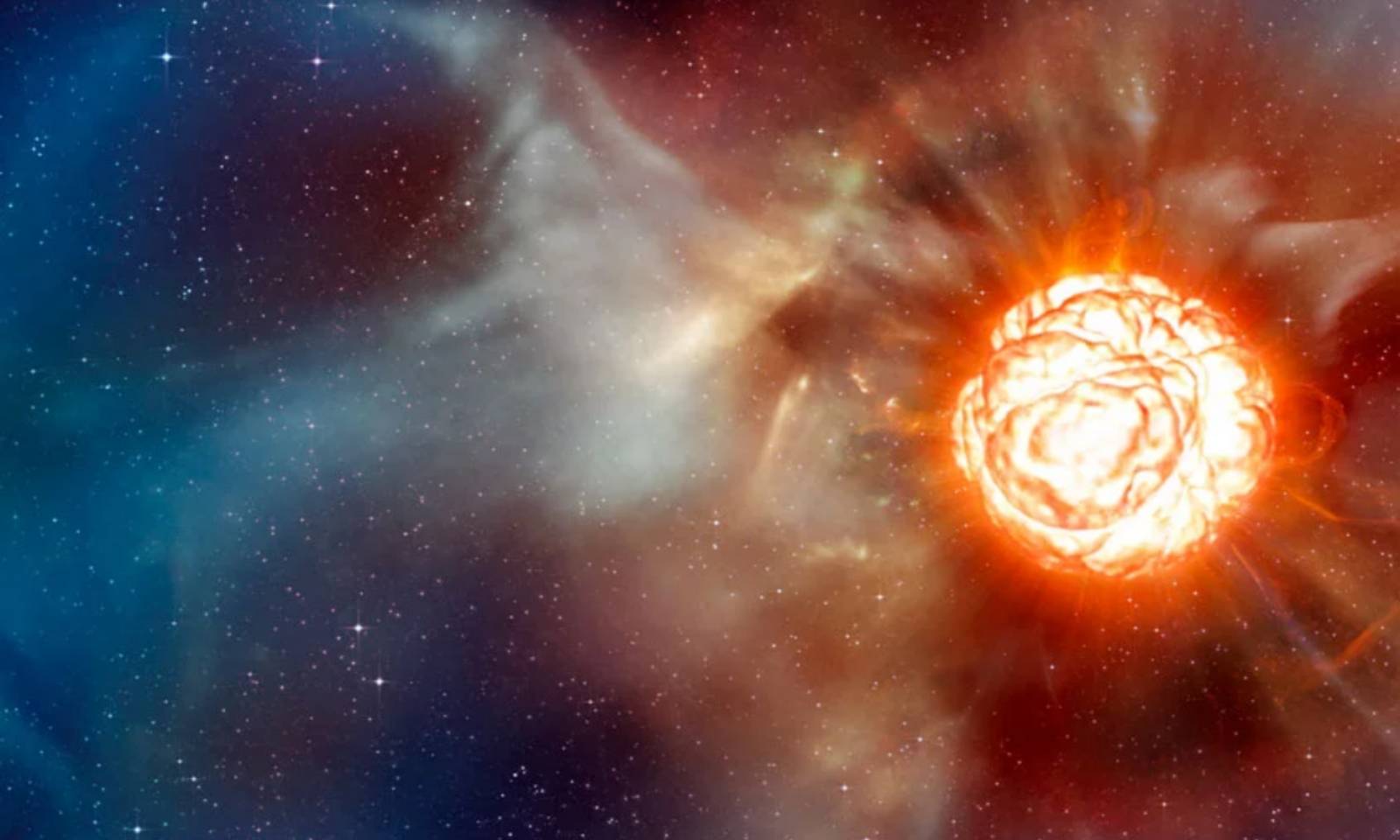Calea Lactee este in momentul de fata in plin proces de a distruge o grupare de stele care se afla in interiorul sau, si vorbim despre ceva ce nu se intampla chiar atat de des, dar ceva care va avea un impact urias un galaxie. Calea Lactee are in interiorul sau o grupare de stele numita Hyades, aceasta aflandu-se la 150 de milioane de ani-lumina in raport cu Pamantul, ea formandu-se acum 680 de milioane de ani dintr-un nor de gaze si praf existent in interiorul galaxiei.
Calea Lactee are deci aceasta grupare de stele departe de centrul sau, iar ea este vizibila inclusiv cu ochiul liber in constelatia Taurului, dar din pacate este in plin proces de distrugere acum. In urma observarilor facute de catre telescopul Gaia, cercetatorii au reusit sa descopere faptul ca fortele gravitationale din interiorul galaxiei Calea Lactee distrug acea grupare de stele intr-un ritm mult mai rapid decat cel calculat initial de catre ei.
Calea Lactee: Cum DISTRUGE o Grupare de Stele din Interior
Calea Lactee ar avea in aceasta grupare cateva sute de mii de stele, puterea gravitationala a stelelor din interior mentinand grupul intact, dar cea a galaxiei este mult mai serioasa. Gruparea de stele este afectata in primul rand de catre exploziile de tip supernova care au loc in interiorul lor, iar acestea combinate cu puterea gravitationala pe care o are Calea Lactee duc in final la despartirea gruparii, si mutarea unor stele in alte zone din galaxie.
“Clusterul de stele cel mai aproape de Pământ se destramă și va muri în curând. Astronomii au împărtășit diagnosticul pe baza datelor de la Observatorul spațial Gaia al Agenției Spațiale Europene. Numită Hyades, acest grup de stele este la doar 150 de ani lumină de Pământ. S-a format acum aproximativ 680 de milioane de ani dintr-un nor mare de gaz și praf de pe Calea Lactee. Este vizibil pentru ochiul neajuns din constelația Taur.”
Calea Lactee are aceasta grupare de stele formata acum 680 de milioane de ani, insa cercetatorii spun ca in “doar” 30 de milioane de ani ea urmeaza sa dispara in totalitate. Gruparile de stele de acest gen rareori ajung sa implineasca “varsta” de 1 miliard de ani, iar asta din cauza fortelor la care sunt supuse, multe dintre ele fiind impartite cu mult timp inainte de a ajunge sa existe atat de mult, iar ceea ce vedem in Calea Lactee nu este diferit.
Calea Lactee este casa pentru foarte multe corpuri cosmice, si existenta sa le afecteaza pe toate, inclusiv Pamantul, dar in cazul nostru nu exista vreun pericol de acest gen, din fericire.






















